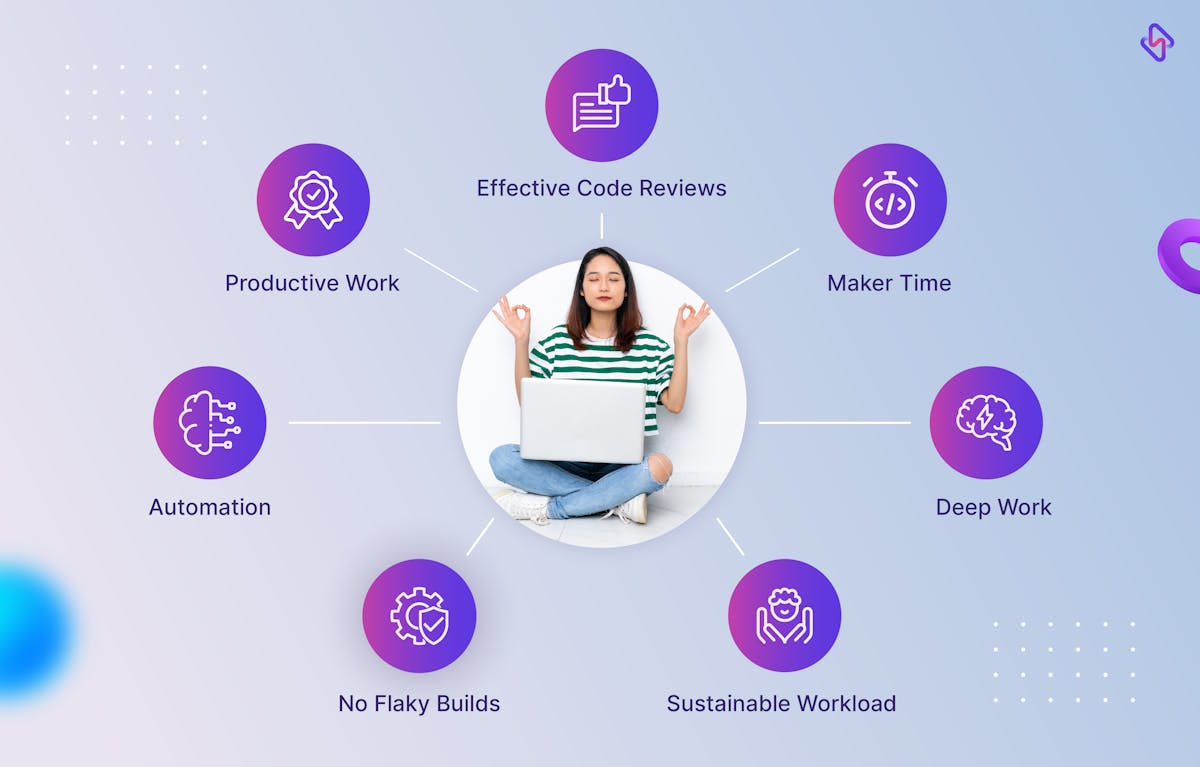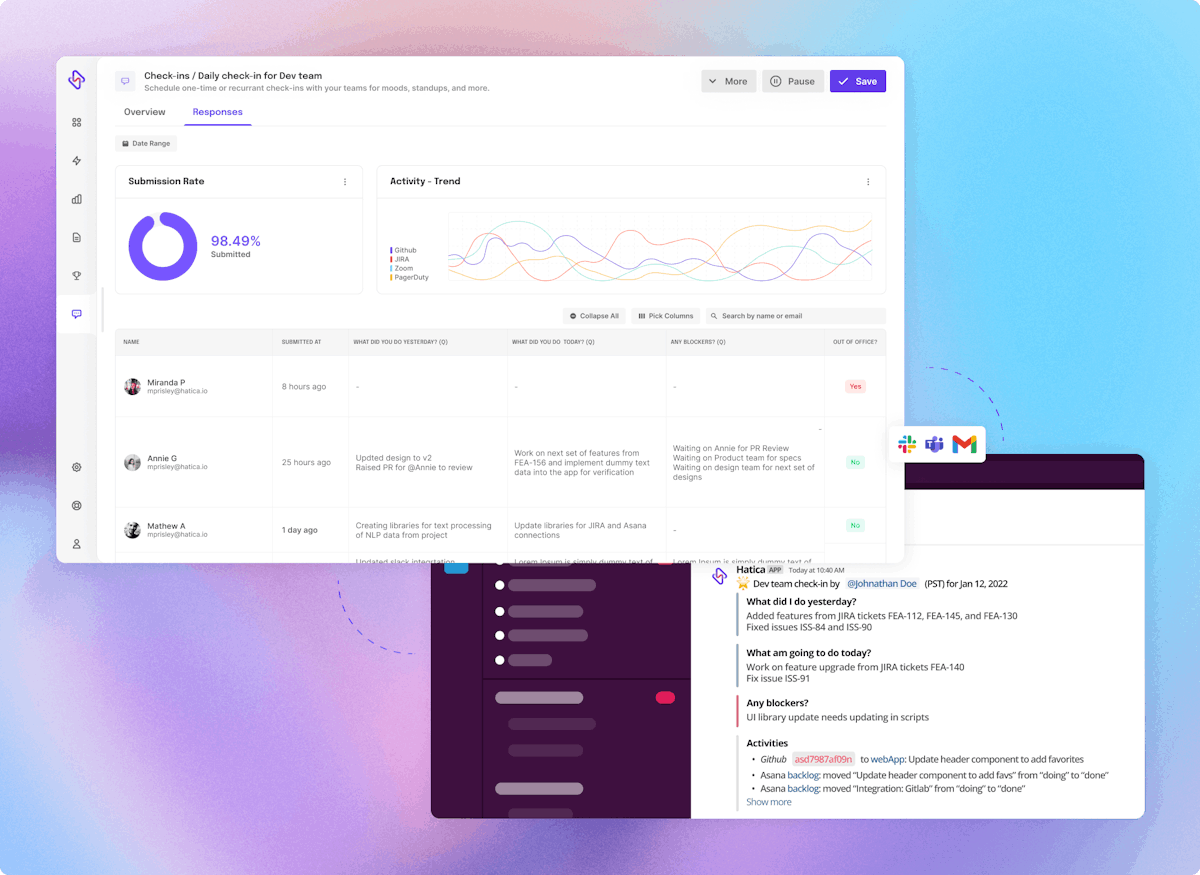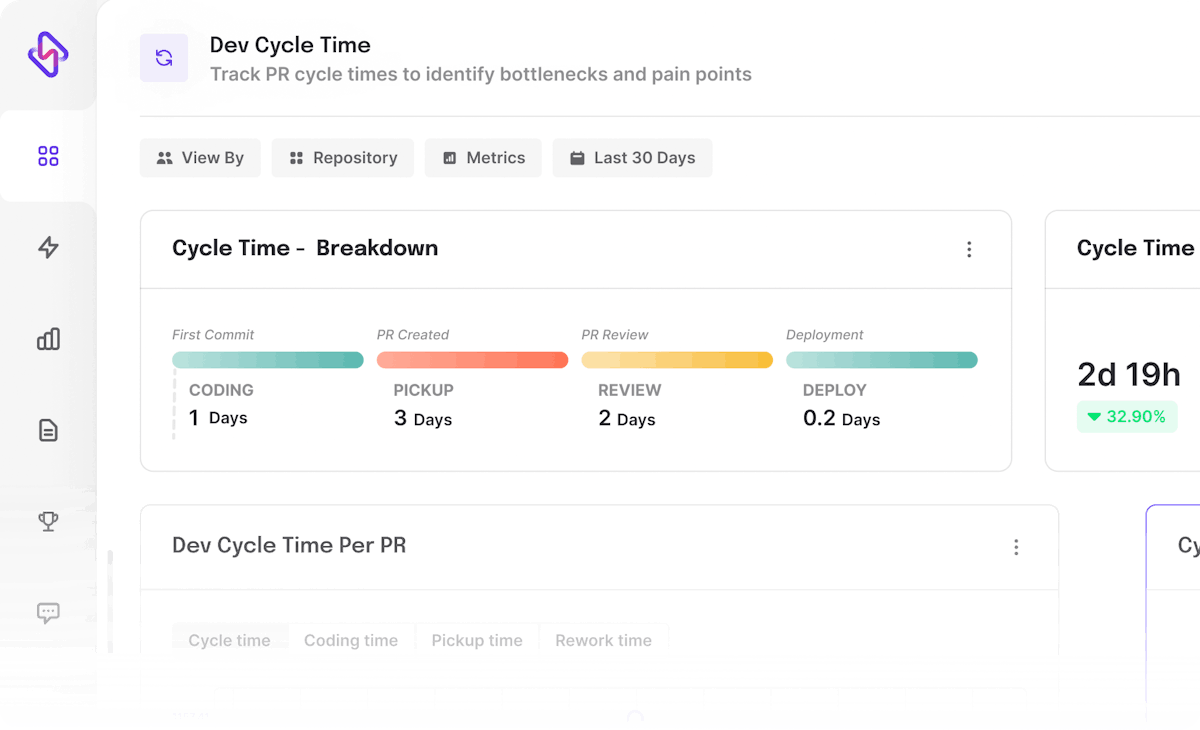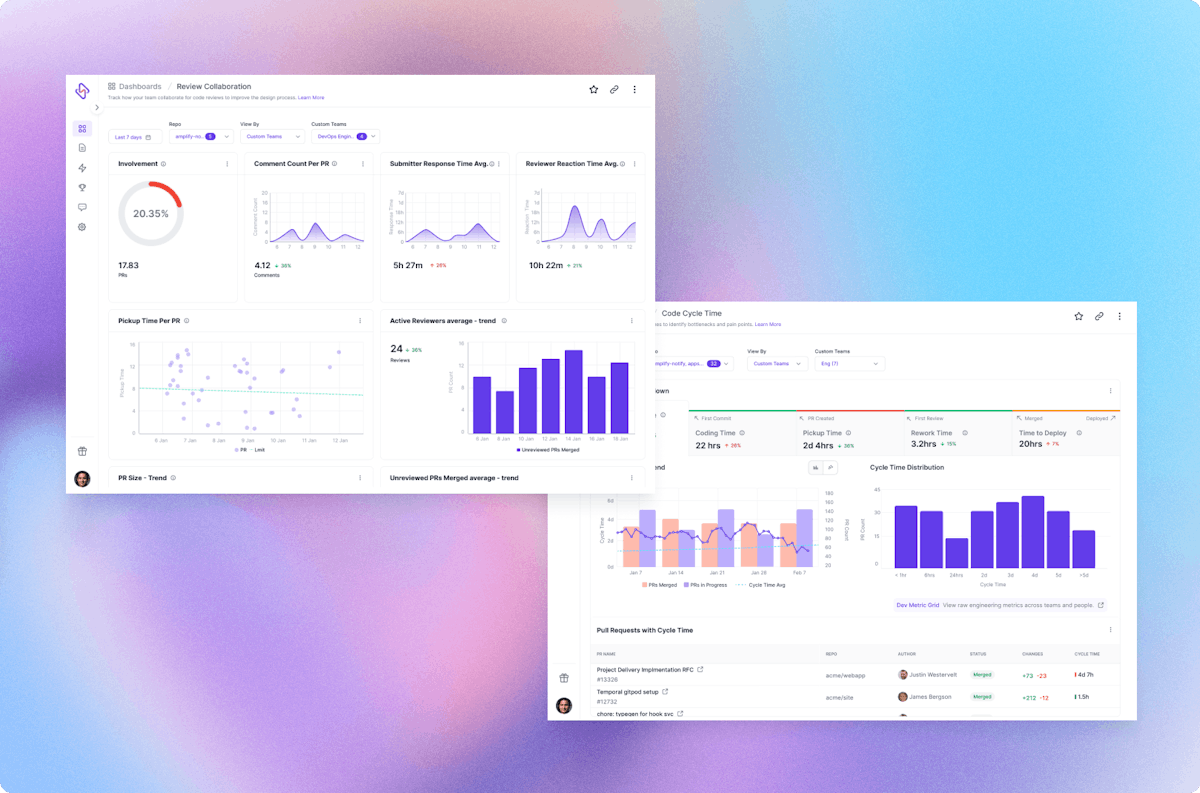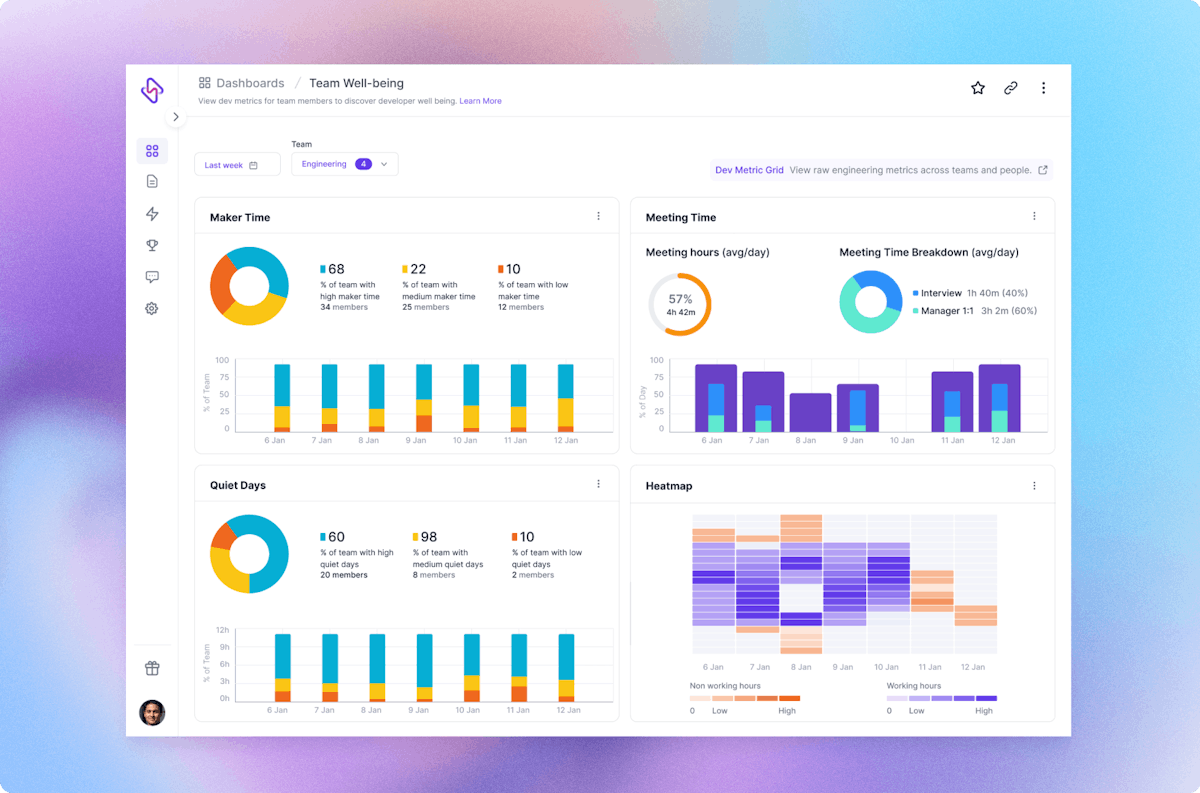Developer Experience (DX) is a crucial idea in software development that aims to improve communication between programmers and the frameworks, tools, and procedures they employ to build applications. In addition to increasing developer efficiency, a good DX raises the overall caliber of the program being created.
This article discusses ways to enhance the developer experience for a successful engineering team.
Let's get started with what developer experience is.
What is Developer Experience (DX)?
Developer Experience is the sum total of interactions and satisfaction devs have with their tool stack, workflow, and overall SDLC. DX tends to move from the traditional 'devs know it all' to making developer satisfaction a priority, and even part of the engineering success checklist.
Most companies focus on the face value of DX by focusing on the interoperability of tools as a successful metric of developer satisfaction. However, it is much more. DX covers every step of software development, right from writing codes, to reviewing, testing, maintaining code, addressing team workload, productive work, workflow blockers, and even non-core tasks like hiring, taking interviews, and attending meetings. If any of these metrics drop, developer experience at an organization might take a fall and snowball into low engineering efficiency, technical debt, and alienation among developers.



